Ramallah, MINA – Dr. Ahmad Athwana, a Palestinian observer and Director of the Center for Political Development Studies predicts four scenarios for Israel’s annexation of region C, which has an area of 60 percent of the entire West Bank.
As quoted from the Palestinian Information Center (Palinfo) on Monday, Athwana said the first scenario, Israel will convey a limited plan that may be accepted by Palestinian authorities and socialized to the Palestinian people.
“Combining large Zionist settlements of two to three percent in the West Bank, then combining the settlements of Maaleh Adumim, Etsion and Ariel, these settlements are inhabited by around 600 thousand people, or 85 percent of the total,” he said.
Second, Israel combines the Palestinian Valley of the Jordan region with 25 percent of the West Bank, which has the strategic value of agriculture as a warehouse for water resources.
Also Read: Israel Welcomes UNSC Gaza Resolution, Opposition Criticizes Deal
Athwana said the area, after being merged, would isolate the West Bank from the Kingdom of Jordan, so that there were no Palestinian borders.
“In the US-made map, there is no border for Palestine even to the extent that the Rafah crossing is not listed on the American map. And the border with Jordan will be under Israeli control,” he continued.
Third, it combines the area known as the area behind the dividing wall, which Israel built in 2002 between the West Bank and the 1948 region.
The wall is not within the borders of June 4, 1967, and was built according to the needs of the Zionist security and settlement, and will be incorporated into the western area of the separation wall covering 13 percent of the entire West Bank.
Also Read: Hamas Rejects International Forces in Gaza
The fourth scenario, Israel will merge the area behind the dividing wall that includes the settlement community and the Jordan Valley covering 38 percent of the West Bank.
The Palestinian observer said the end of scenario does not mean the end of the annexation phase which aims to take control of region C.
Therefore, Athwana suggested a Palestinian political vision that could overcome the West Bank annexation plan and the start of the realization of President Donald Trump’s proposal.
According to Athwana, the two-state solution cannot be realized, there is no momentus on the Palestinian stage officially or on the part of Israel, and there is no Palestinian political agenda at this time, while Trump’s proposal actually removes it.
Also Read: UN Says Israel Blocking Vital Tent Deliveries to Gaza
“We do not currently have a political agenda, so the national power of Palestine must work on making strategic plans to overcome the current problems,” he said.
He called for the importance of creating a national political agenda to unite all elements of Palestine, and to fight for all the agreements that were produced.
“The practical step that might be taken is to end the conditions of Palestinian divisions, and re-activate the Palestinian liberation organization and the Palestinian national council, to become a reference for the Palestinian people, in the economic, social and political sectors,” Athwana said.
Athwana also views the importance of revoking the authority’s recognition of Israel and removing the Oslo agreement and the importance of realizing the speech of the Palestinian President regarding the steps to escape from Israel. (T/RE1)
Also Read: 98 Palestinian Detainees Have Died in Prisons Since Gaza War Began
Mi’raj News Agency (MINA)





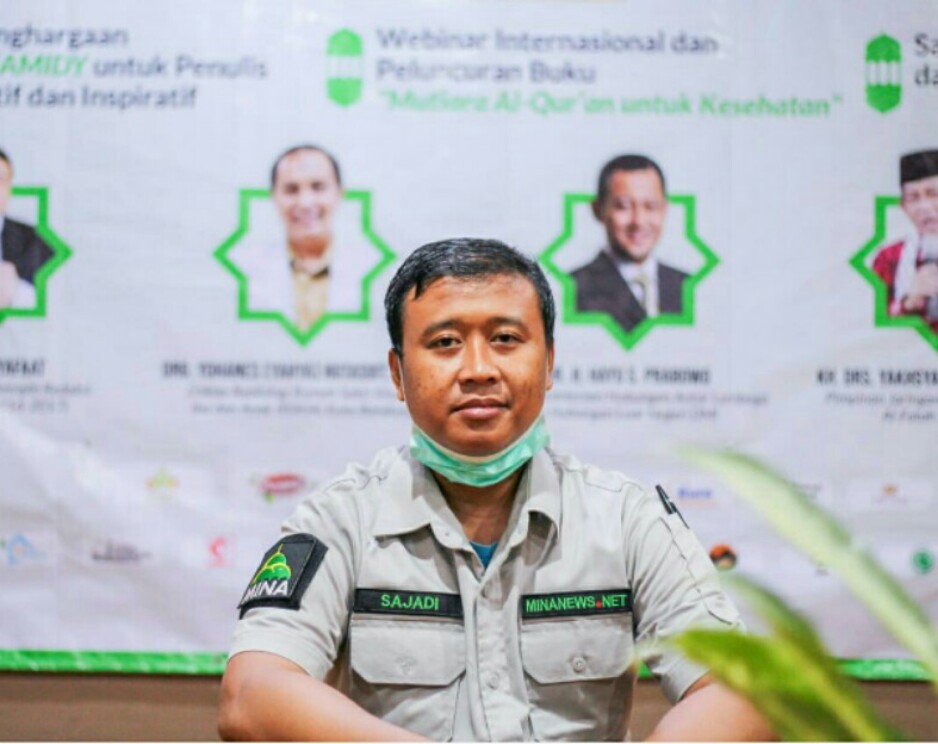


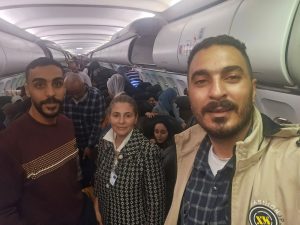
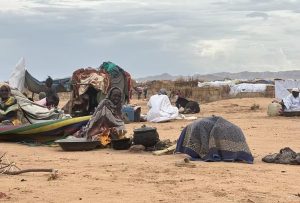
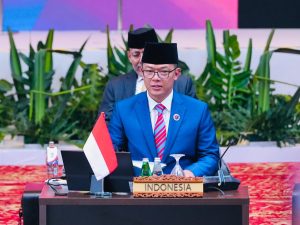



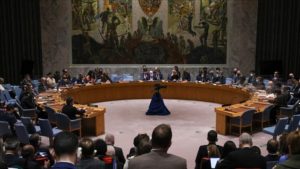
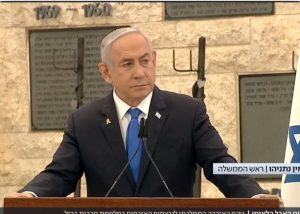
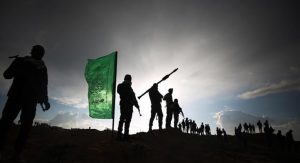
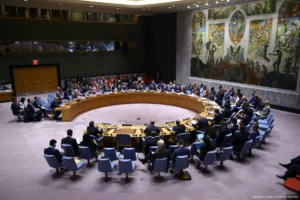


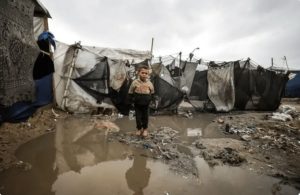






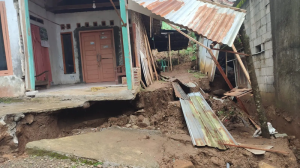
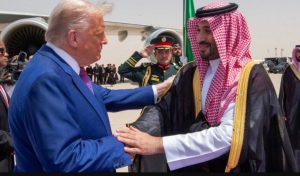

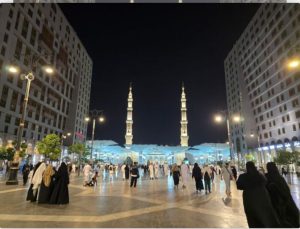



 Mina Indonesia
Mina Indonesia Mina Arabic
Mina Arabic